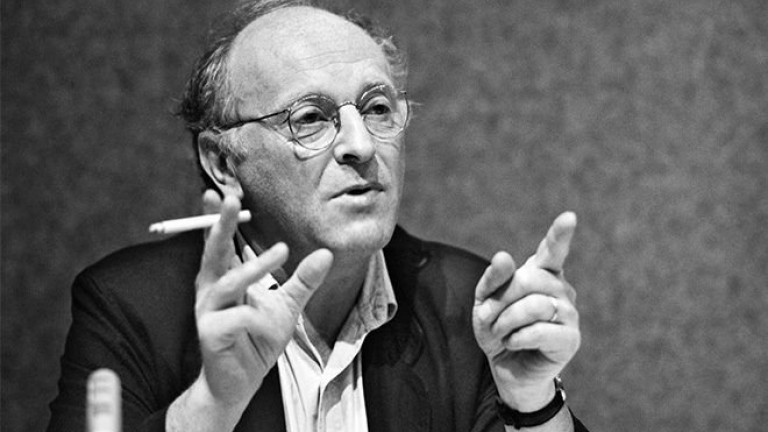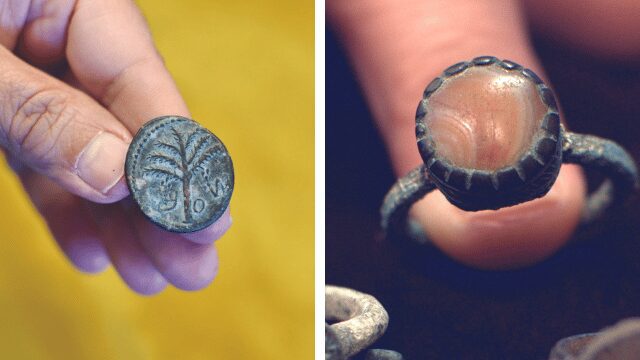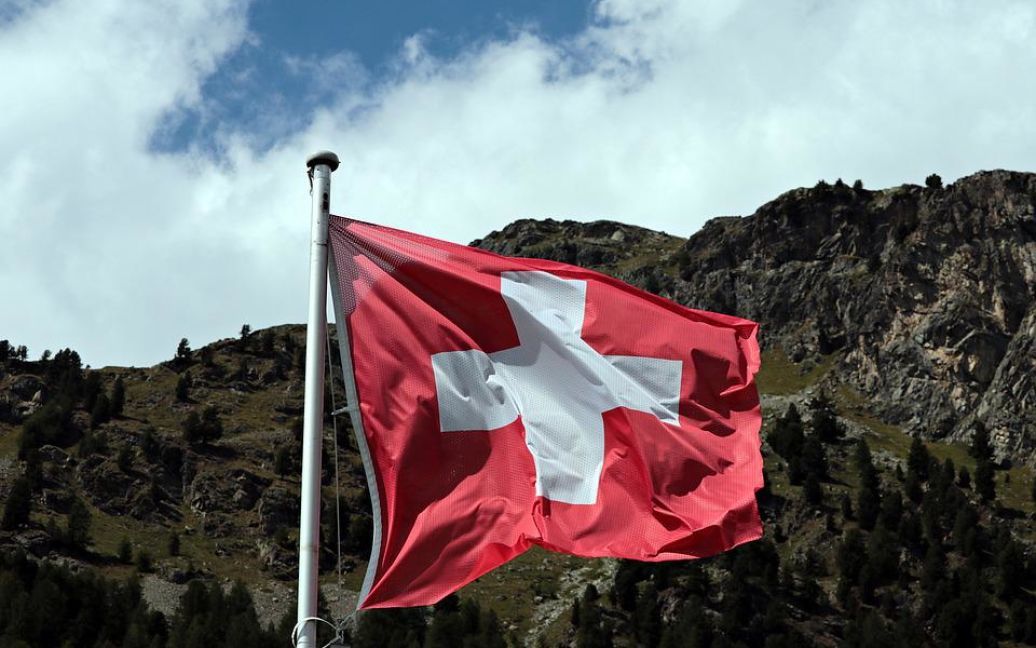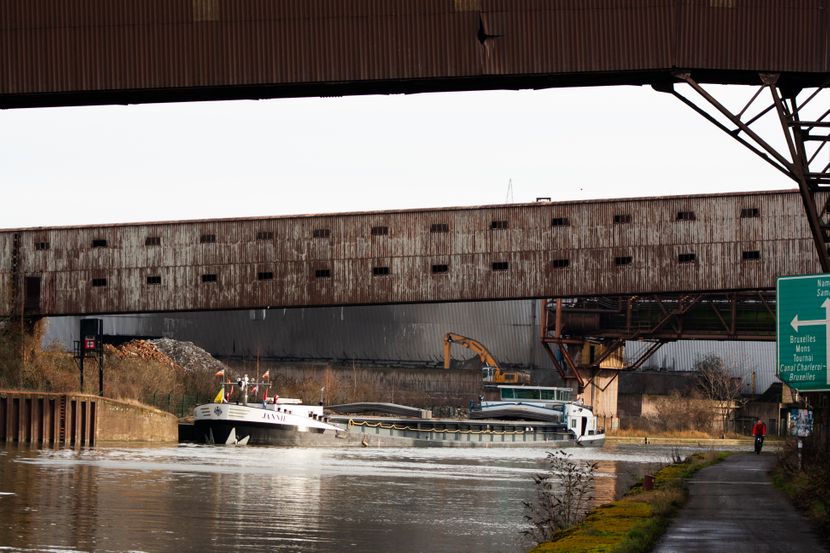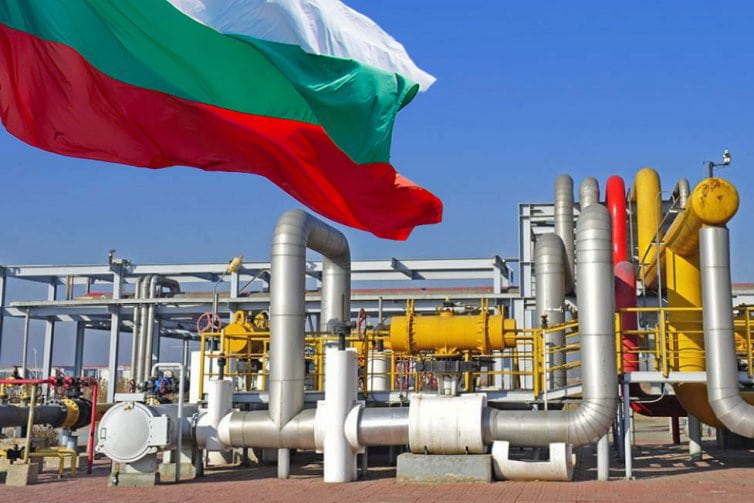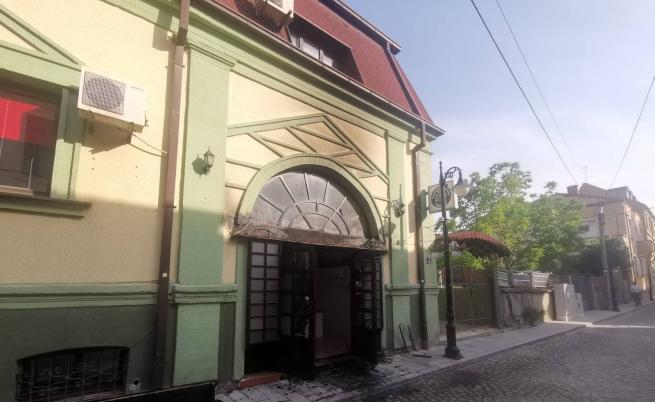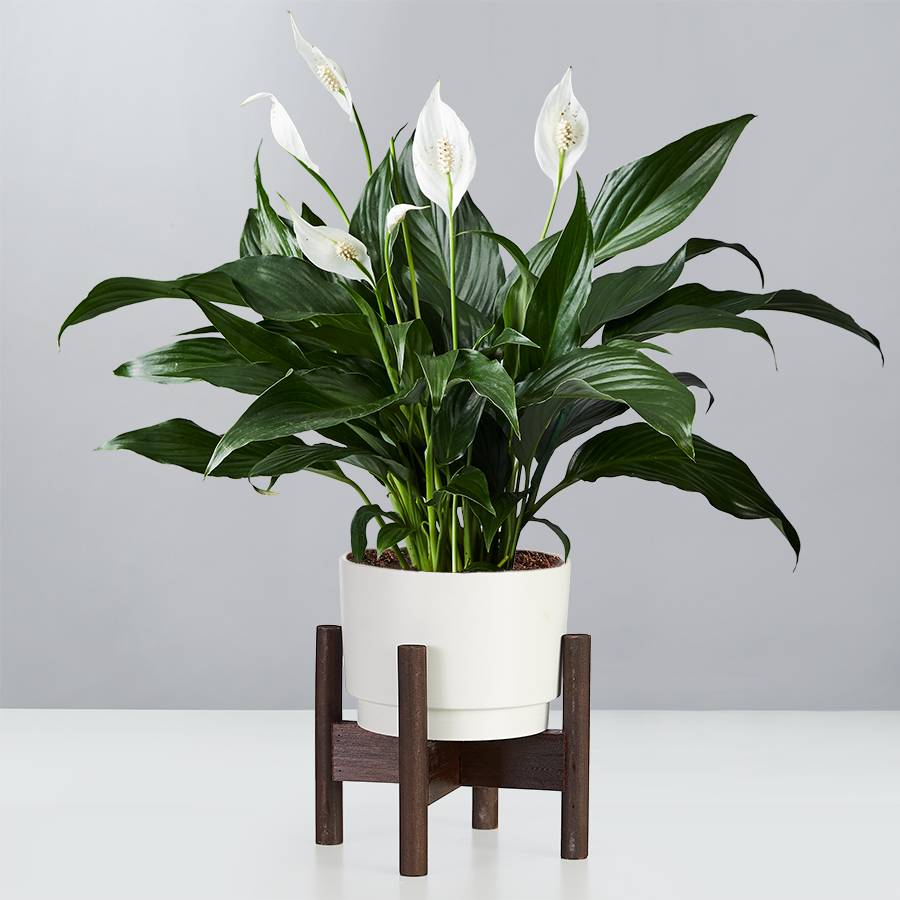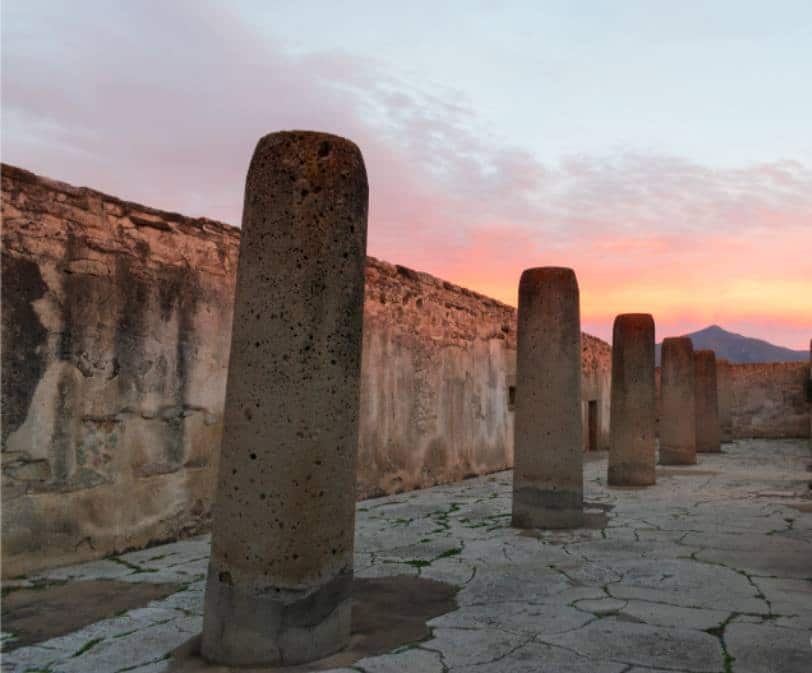The poet invests money from his Nobel Prize at the Russian Samovar restaurant in New York
There are people whose destiny has made them a completely unidentified cosmopolitan. Only they choose what they really feel. Soviet dissident Joseph Alexandrovich Brodsky (1940-1996) remained a Russian until the end. The poet was born into a Jewish family in former Leningrad. In today’s Russia, he is called a Russian Jew and a dissident poet, and in America, an American poet of Russian descent. However, none of these definitions will be completely true. He himself refutes them – Joseph Brodsky.
Joseph Brodsky (Dr. Brodsky) was awarded the Nobel Prize for Literature (1987) and winner of the Golden Wreath at the Struga Poetry Evenings (1991).
After being convicted in the USSR, thanks to the intercession of intellectuals, including Samuel Marshak, Dmitry Shostakovich, Anna Akhmatova and others, he was saved from exile and in 1972 emigrated to America. There he became a university lecturer. He is the author of poetry collections, poems, essays and many translations.
He died in New York and was buried in Venice.
This is, in short, the biography of a world celebrity with enormous intellectual potential. Brodsky’s life is worthy of a film with a sad narrative and a happy ending. The last five years have been the happiest in his life, but unfortunately the last. It seems like an unfair ending, but full of some clever idea for the living to think about.
Brodsky was born on May 24, 1940, in the family of photographer and journalist Alexander Brodsky and his wife Maria Wolpert. Little Joseph was a baby when his parents were evacuated to Cherepovets after Hitler’s German attack on the Soviet Union and the siege of Leningrad. They returned to Leningrad after the end of the war. The young Brodsky studied until the eighth grade and at the age of 15 he started working in a machine-building plant – he was trained as a miller.
He will try his hand at various other professions – firefighter, paramedic, sailor and geologist. At one time he even worked in the morgue of a hospital. But in fact, all this time – in the battle for food, he was interested in only one thing – literature.
She educated herself. From a very young age he showed a deep interest in classical philosophy, religion and mythology; English and American poetry.
Brodsky learned English and Polish and translated from and into them. It feeds on translations. He began writing poetry at 16, but did not publish it. He met famous Leningrad writers. He became close to Anna Akhmatova, who significantly influenced his future career. He began to recite his works in public. Among the recitations, however, he also makes statements that are not unequivocally accepted by the guardians of social censorship. It attracts the attention of the services. In fact, it has been under surveillance since the 1960s.
Some of the books in Brodsky’s personal library. Today it is exhibited in Brodsky’s “American Cabinet” at the Anna Akhmatova Museum in St. Petersburg
The first publication to make it famous was a version of The Ballad of the Little Tug (The Ballad of the Little Barge, 1962). In 1963 he was arrested for “parasitism”, whatever that means? … The next year he was sentenced and sent to 5 years in exile in the Arkhangelsk region. He does not fatally accept his exile. Even later he would say that it was a happy period in his life – he had a lot of time to read and write.
According to one critic, Brodsky’s exile proved to be “as creative a success as Pushkin’s exile in the Caucasus.” In the Arkhangelsk region Brodsky got to know the people, the coastal inhabitants of the North, fishermen and farmers. She dedicates her poem “People” to them, which Anna Akhmatova defines as “the anthem of the people”.
Anna Akhmatova is not the only one who advocated for Brodsky during his exile. Many artists and cultural figures in the former Soviet Union are pushing for his release. And after 18 months of exile, in September 1965 the poet was released.
In the same year his book “Poems and Poems” was published in the USA, and in 1970 – “Stop in the Desert”. However, there were cataclysms in Brodsky’s personal life, which led him to even attempt suicide. The reason is his separation from his great love and the mother of his son Andrei (born 1968) – the artist Marina Basmanova.
In 1972, Brodsky received an offer to leave the Soviet Union. According to some sources, the alternative was to be placed in a psychiatric clinic if he did not agree. In June of that year, he was stripped of his Soviet citizenship and forced to leave.
He first settled in Vienna and then left for the United States. In 1977 he received American citizenship.
His books “In England” (1977), “The End of the Wonderful Age” (1977), “Part of Speech” (1977), “Roman Elegies” (1982), “New Stations in August” (1983), ” Urania “(1987), the drama” Marble “(1984 ) and a collection of essays in English “Less than one” (1986). He settled in Ann Arbor and became a professor at the University of Michigan. He later taught at Columbia University in New York.
Since 1986 he has been a professor of literature at Mount Holyoke College. In addition to Russian, he writes poetry in English.
He lectures, reports, writes and publicly recites his poems. In December 1987, he received the Nobel Prize for Literature, which was motivated as follows: “For his extensive work, full of poetic passion and pure thought.” The American media is beginning to call Brodsky “the last poet of the Silver Age.”
Until Perestroika, however, his works were not published in his homeland. In 1990, his Soviet citizenship was restored and collections of his works began to be published in Russia. And in 1995 the poet was awarded the title “Honorary Citizen of St. Petersburg”. In 2005, a monument was erected in his honor in Russia.
The poet spent his last years in New York with his family – with his wife – Russian-Italian translator Maria Sotsani, whom he married in 1990, and their young daughter Anna. From his previous marriage the poet has a son – Andrei Basmanov.
On January 28, 1996, Brodsky died of a heart attack at the age of 55. His ashes were originally buried in America and moved to Italy a few months later, in the cemetery on the island of Saint-Michele, Venice. This was the last wish of the poet.
The memoirs of the prominent Russian literary critic and publicist Vladimir Bondarenko about Yosif Brodsky are interesting:
When Joseph Brodsky was buried in Venice, many remembered his unfulfilled prophecy: “I will come to die on Vasilevsky Island.” Russia is his friends and opponents, both the St. Petersburg liberals and the Moscow landowners.
These sworn enemies agreed that Brodsky, a red-haired Jew from the Foundries, was a stranger to Russia; that Russia did not understand and did not accept it; that his poetry did not suit Russia, just as the cartridges of the NATO M-16 rifle did not suit the Kalashnikov.
Such a position suited everyone. In the first place, “St. Petersburg’s poetic losers, overshadowed in Russian culture by the bright figure of Brodsky … from the Russian state.
Alas, the Russianness of Joseph Brodsky proved unnecessary both to our Russian patriots – to the critics of the Brodsky camp, and to the critics of the liberal movement, who struck out Russia as such and erased any manifestation of Russianness from the poet’s fate. ” . (Vladimir Bondarenko, 2003, “Literary Russia”)
Bondarenko is trying to “bring Brodsky home” in the bosom of Russian poetry. In his essay, the literary critic convincingly proves that Brodsky’s emigration and his demonstrative refusal to return to Russia were connected not only with his insult to “Bolshevism” but mainly with his tragic love for Marina Basmanova, the mother of his son Andrei. . Dozens of the poet’s best poems were dedicated to Marina. And if the first is from 1962, then the last is from 1989 – ie. shortly before Brodsky married Maria, 30 years his junior. In confirmation of his version that Brodsky never gave up on Russia, Bondarenko published a remarkable little-known document – Brodsky’s letter to Brezhnev. It has the following contents:
“I belong to Russian culture and I feel part of it. Even though I lose my Soviet citizenship, I never cease to be a Russian writer. I believe that I will return, writers always come back – if not personally, then on paper, and if my people do not need my presence, they may need my soul. “
Brodsky begs Brezhnev to stay in the USSR, willing to work only as a translator, but he is not allowed to do so.
Did he grieve for Russia as an emigrant to America? – One fact: On his initiative, a restaurant called “Russian Samovar” was opened in New York. Moreover, Brodsky invests in the restaurant part of the money from his Nobel Prize. He hoped that this place would become a place of Russian emigration – to become “Russian New York”.
The following fact is also curious about Brodsky’s personality: he forbade him to be sung in a synagogue during his lifetime. More than once he repulsed attempts to put him in a “Jewish circle”, as he put it. Then, already as a professor, he declined the invitation of the University of Jerusalem to give lectures there?
According to some critics, this feature of the “Jew Brodsky” comes from the fact that the descendants of Jews in the former Soviet Union were fully integrated into the state. Unlike America. Brodsky himself once wrote: “When I found myself in the West, I was struck by the strict distinction between Jews and non-Jews.” This seems like a paradox at first glance, but it is confirmed by other Jews in America.
In 1990, the poet met Maria Sotsani, an Italian aristocrat with Russian maternal roots. The two are 30 years apart. She listens to his lectures as a student and from the side they both look like a father and a daughter, but other, stronger feelings arise between them. They get married in Sweden. Their daughter is born.
Unfortunately, Brodsky died just when he was happiest …
Brodsky suffered from angina pectoris before emigrating. In 1978, before his first heart operation in America, he asked the Soviet authorities to let his parents and son go to see them. But they were not allowed. Brodsky’s parents subsequently filed 12 applications with such content. The poet’s mother died in 1983, his father a year later, and Brodsky was not allowed to attend the funeral.
His health is deteriorating. His heart was weak anyway. Since 1964, the poet has suffered four heart attacks, and before he died he had four heart surgeries behind him. However, he did not stop smoking for the rest of his life. “Life is a remarkable thing, precisely because there is no guarantee of anything in it!” He told doctors when advised to stop smoking.
In many photos we will see him either with a cigarette or a cat in his arms – he adored these animals because of their graceful movements.
Did he foresee his death? Two weeks before he died, Brodsky bought a grave site in New York. On the last night of his life, he worked in his office. In the morning, his wife Maria found him dead. Cause of death – heart attack. The fifth in a row … But all the relatives of the poet are unanimous that the last five years of his life were the happiest for him.
IN THE NEXT CENTURY (excerpt)
Reality passes into reality gradually.
You will read the letters that come out from under this pen,
you will rebuke him like an ant tree,
for his laziness.
Remember: people leave their apartments only with someone directly
occasion – her rent jumped, she began a housing crisis;
just the future wants to come and go
without them.
In any case, what is written in prison shows us that hell is a creation of people, created and completed by them. And this is our perspective to endure it, because people are as cruel as they are paid, and for the same reason they are negligent, salesman, lazy, etc. No man-made system is perfect, and the penal system is no exception. ” (Joseph Brodsky, excerpt from his essay “The Writer in Prison”)
Photo: Joseph Brodsky / Archives of the Union of Writers in Russia



